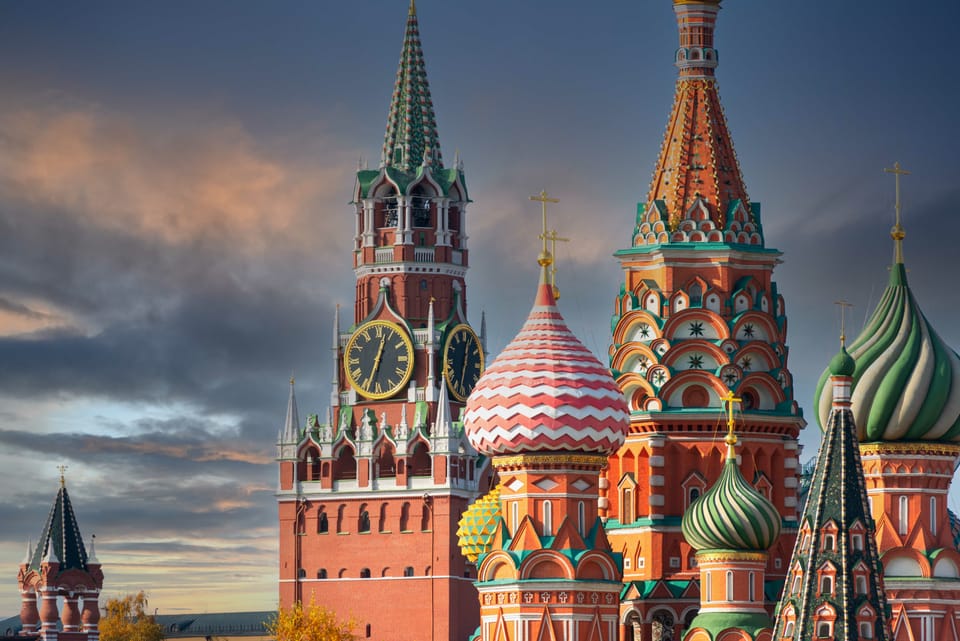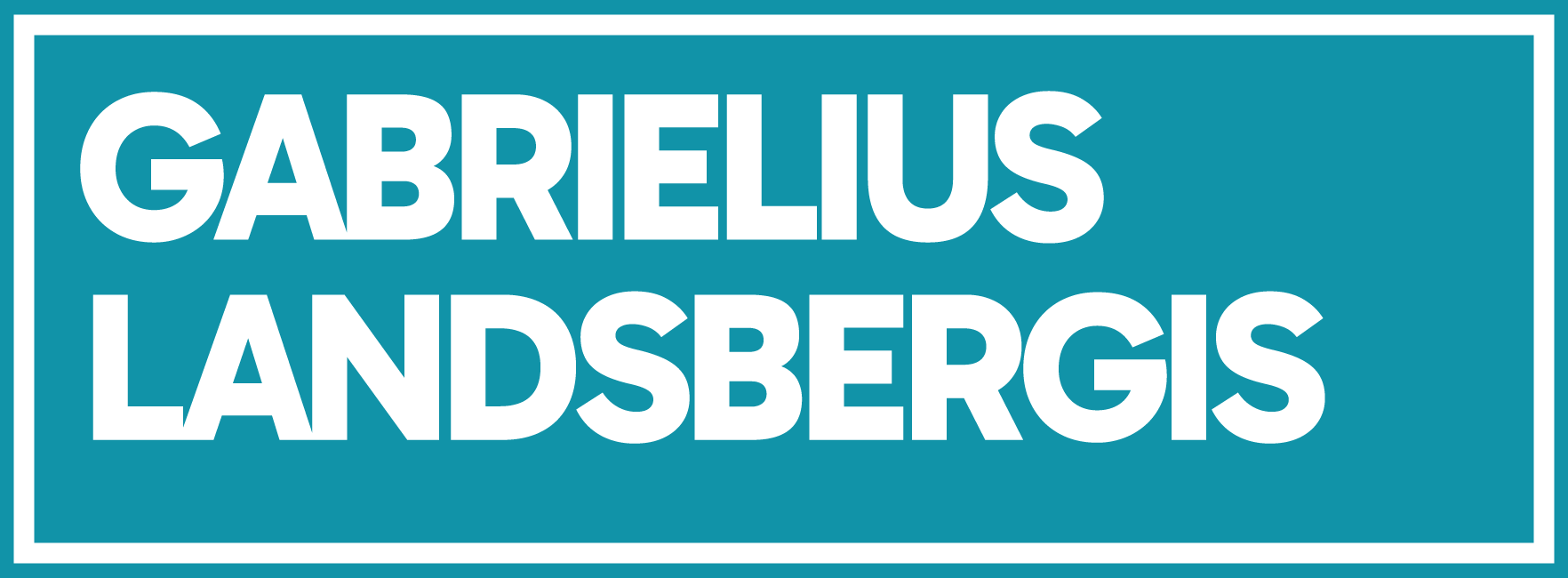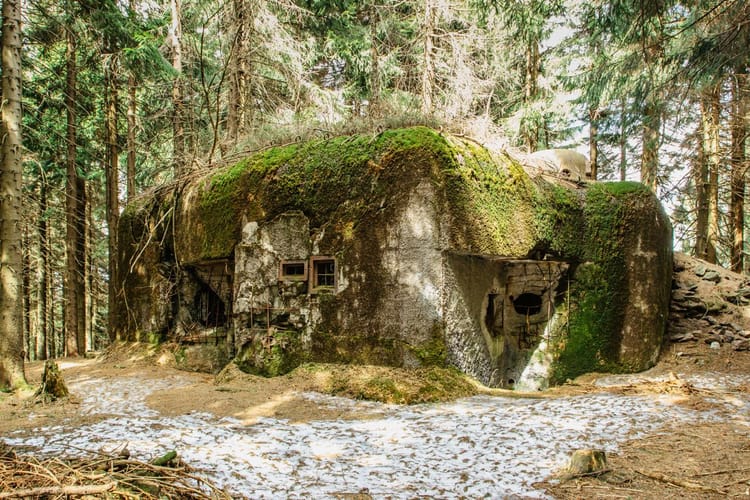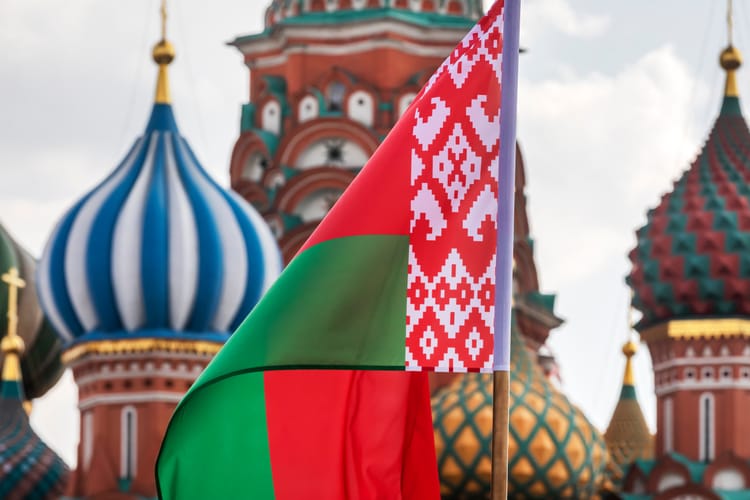Putin can see he is still on the path to victory

We often debate what the EU should be doing, what Ukraine should be expecting, and what to anticipate from the US. But let’s consider how Putin likely perceives the current situation—and how he intends to shape the geopolitical landscape.
Ukraine:
Putin will continue ramping up pressure to force Ukraine toward an unfavorable peace deal. Brutal attacks on civilian infrastructure are not triggering a new wave of Western deliveries, so we can expect more attacks. The front line remains relatively static, and shifting it would require more troops than Putin is currently willing to commit. Mobilization remains politically risky. In his view, terrorizing civilians is a way to pressure the Ukrainian government into accepting whatever deal a Trump-led White House might offer.
Europe:
Putin sees Europe as slow, fragmented, and reactive. No real troop deployments, no credible security guarantees, no significant increase in military aid. Europe chose not to surprise Putin—and that’s exactly what he was counting on.
He would welcome deepening internal divisions. Southern European countries, less invested in Ukraine, may prioritize their relationship with the US over supporting Kyiv. Meanwhile, Northern European countries can be distracted with domestic issues. Denmark’s renewed debate over Greenland is a perfect example—especially since Russia didn’t even have to instigate it.
Putin also counts on electoral shifts. Governments that reflect war fatigue may come to power. But not all bets are paying off: Germany’s recent election results suggest a significant portion of its electorate still recognizes the Russian threat.
Where Putin excels is in gray-zone warfare: cyberattacks, sabotage, and disinformation. His aim is to breed chaos. Chaos creates uncertainty, distracts attention, and forces governments to look inward. The previous US administration largely ignored this threat. Now it’s even clearer that many countries will be left to deal with Russian provocations alone. That weakens collective resolve and undermines support for Ukraine.
If NATO or the EU fails to deliver meaningful support, fractures in the alliance will widen. Citizens will increasingly see their countries as isolated in the face of Russian aggression. And when a crisis comes, the instinct isn’t solidarity—it’s self-preservation. The more Ukraine’s allies turn inward, the better for Putin.
Putin is betting that EU sanctions will collapse—possibly as early as June. One Hungarian veto could kill them. Budapest may not go so far as to block everything, but Putin knows it’s getting harder to maintain unity. The last rollover was only approved after several Russian oligarchs were removed from the list, essentially a hostage release demanded by Orbán.
He’s also watching the EU enlargement debate closely. Hungary’s willingness to allow Moldova to move forward while stalling Ukraine plays directly into Putin’s hands. It insults Kyiv, drives a wedge between Ukraine and Moldova, and weakens the EU’s strategic coherence.
United States:
Putin’s objective is to keep the US superficially engaged—without conceding anything. Empty talk of ceasefires, vague cooperation on Iran, or the occasional “Trump Tower Moscow” tease keep Washington dangling. Trump, personally invested, has little room to maneuver. If he pressures Russia, peace talks collapse and he looks weak. So he either stalls or blames Ukraine—both outcomes that suit Moscow.
Internal decisions:
Should a ceasefire emerge, Putin will face a decision on what to do with his mobilized troops. Demobilization is unlikely; it would signal weakness and unravel the war narrative that solidified his domestic control. More likely, he’ll continue rotating new conscripts and building reserves. The war rhetoric will persist—still focused on Ukraine, but increasingly pointing toward new potential targets.
Russia’s economy is locked in a wartime posture. It’s easier to keep producing tanks to threaten neighbors than to start building cars no one wants.
Another key goal for Putin is to regain dominance in the Black Sea. Ukraine’s ability to restrict Russian naval movement has been a major strategic loss. Reversing that would require significant pressure on Ukraine—but without strong US involvement, it remains difficult. Still, this is a front where Putin will be actively seeking a breakthrough.
Conclusion
The overall situation is increasingly favorable to Putin. Events and time are on his side. Barring major surprises, he is on track to shape the European security environment on his own terms. Not a pretty picture—for us Europeans.






Member discussion